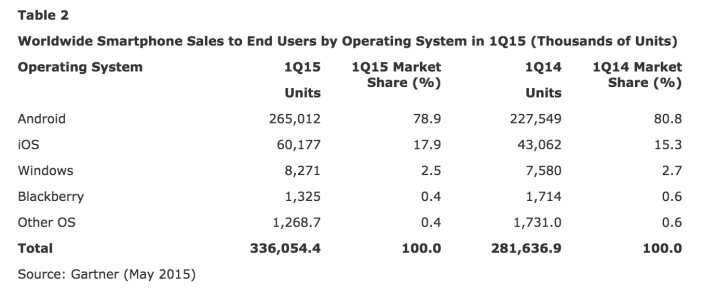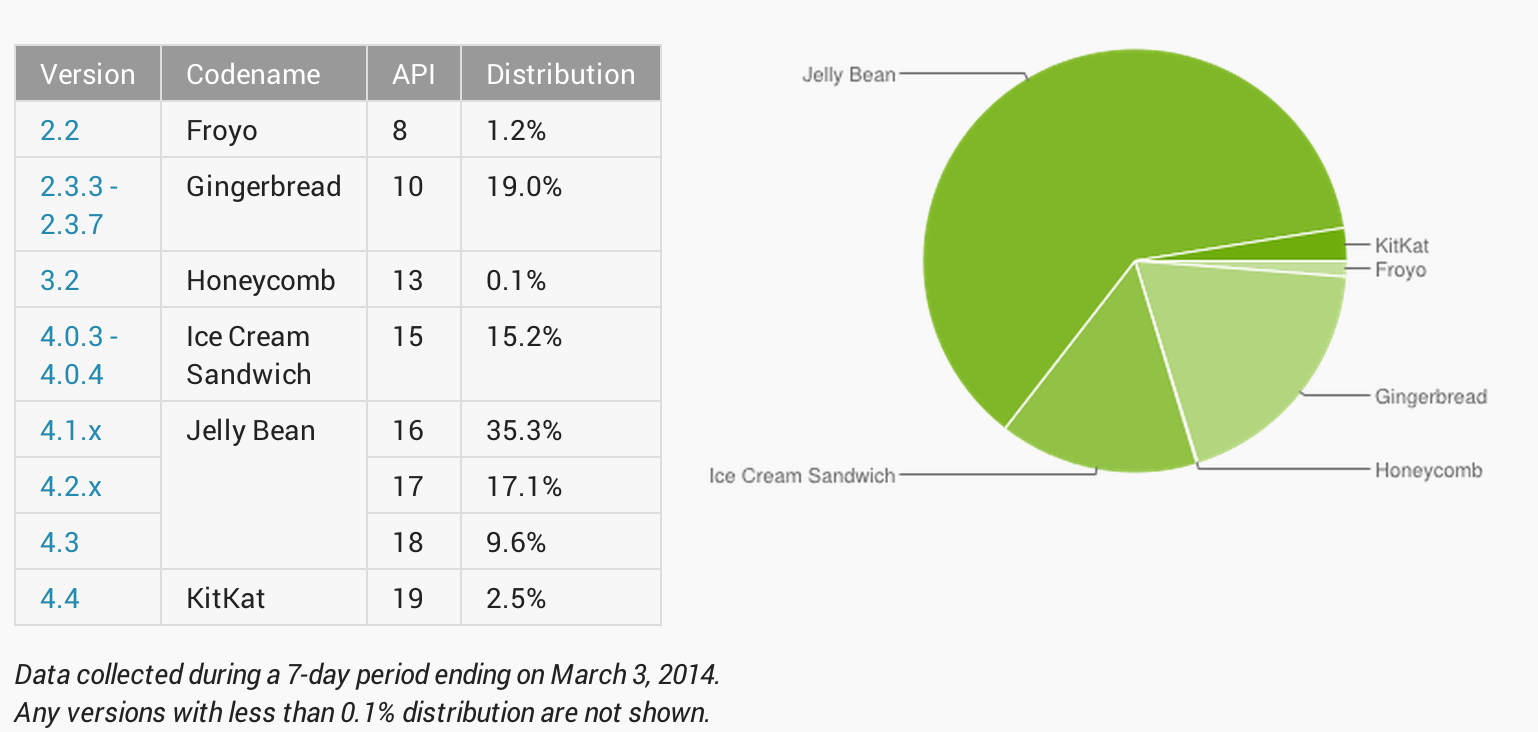Huawei sees strong first half of 2015 with 30% revenue increase, reportedly on track for 100 million shipments

Huawei, the Chinese-based manufacturer making a name for itself in the Android smartphone market, has released a peek at its earnings results for the first half of 2015, despite being a privately-held company. The results suggest Huawei is doing quite well for a company which already ships millions of phones globally on an annual basis, although the company doesn’t just make smartphones — it also has its hand in enterprise with products in cloud computing, data storage, and more, as well as in the carrier business where it offers network technologies for telecommunications operators to easily scale their mobile broadband infrastructure.















